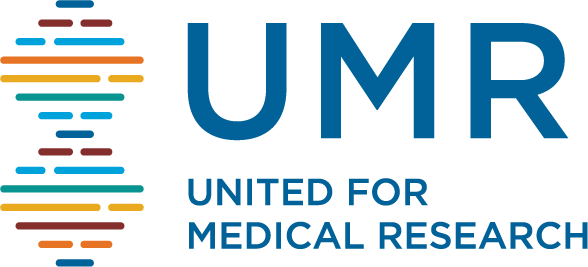July 9, 2013
WASHINGTON – “We applaud Senator Tom Harkin for the Senate FY14 Labor, Health and Human Services, and Education, and Related Agencies appropriations bill, which includes a $307 million increase over the pre-sequestration FY13-enacted funding level for the National Institutes of Health (NIH). We also thank Senator Jerry Moran for supporting the bill and hope his stated interest in bipartisan action will yield strong collaborative efforts to increase biomedical research funding going forward.
“While this is a welcome step in the right direction, we also recognize this level of support for the NIH will be made possible only if Congress agrees to repeal and replace the sequester which cut $1.6 billion from NIH’s budget, leading to 2,300 fewer NIH grants, job losses and a decline in U.S. economic growth. NIH, an agency that fuels extraordinary advances in human health, has now lost more than 20 percent of its purchasing power in recent years to inflation, in addition to the large, indiscrimate cuts from the sequester. A greater and more consistent investment is needed to ensure continued progress in the lifesaving research and development that leads to vital new treatments and cures, as well fueling the economic engine of the life sciences sector.
“The NIH is a major U.S. economic driver, supporting more than 402,000 jobs and $57.8 billion in economic output nationwide, in 2012 alone. Funding roughly one-third of all U.S. medical research, NIH also supports more than 300,000 research positions at more than 2,500 research universities and institutions in all 50 states.
“As a recent United for Medical Research report illustrates, federal research investments have had enormous economic and societal impacts, thanks to federal research investments, including in genetics and genomics. Leveraged from a total federal research and development investment of $14.5 billion over 24 years, the human genome project and related research have had a $965 billion impact and created more than 53,000 direct genomics-related jobs and nearly $300 billion in personal income.
“We urge Congress to protect funding for biomedical research to ensure continued progress toward a healthier and more prosperous nation.”
